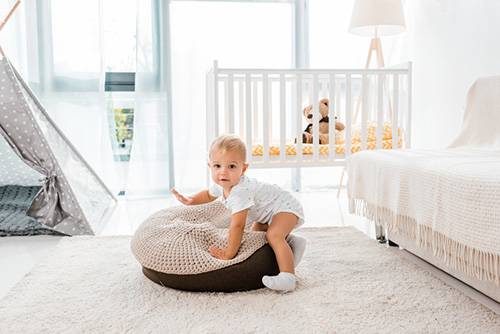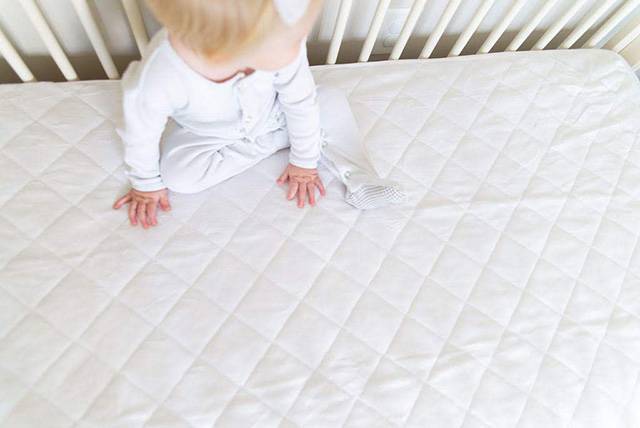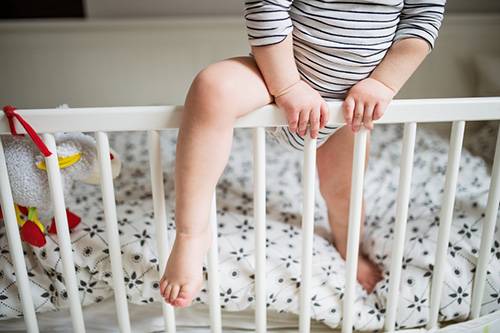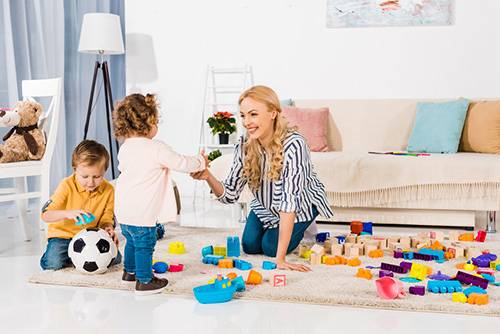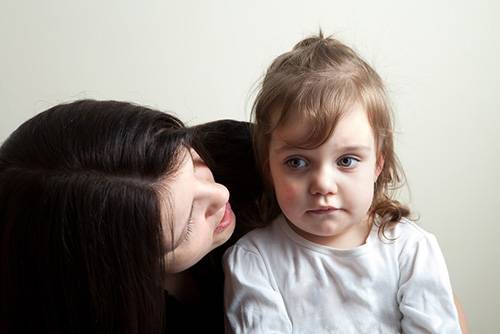
Most toddlers, and even young elementary age children, will find their way to your bed during the night due to various excuses. Sometimes they just need comfort, other times they need to go to the bathroom, are hungry, thirsty, or simply looking for an excuse to be awake. This can be incredibly frustrating and also disrupt the sleep they should be getting If you have wondered how to keep your toddler in their own bed, this article provides some helpful hints and tricks to try.
1. Maintaining Structure
One of the most important steps you can take to help your child stay where they belong each night, is maintaining a dependable nighttime routine. This structure helps influence the brain to begin readying itself for sleep, and keeping a consistent time table in reference to it will help a child unconsciously recognize those steps taken to help wind down. This should help to influence your child to fall asleep more quickly, so they aren’t looking for excuses to keep getting up.
— Set Bedtimes and Nap Times
Making sure bedtime and nap time are constantly the same each day helps influence your child’s circadian rhythm, a 24-hour internal clock that sends signals to influence daily habits such as eating and sleeping. When this rhythm is altered or interrupted, your child may seem overly irritable, tired, or struggle with sleep the next day.
— Quiet Time Routines
One of the best ways to influence this structure is to have regular bedtime routines. A warm bath, dimmed lighting, turning off all televisions and electronics, diffusing calming essential oils, and turning on a white noise machine are all ways to help trigger the time for sleep. This influences the brain to release the hormone melatonin as well, which is responsible for sleep.
2. Make the Room Inviting
As an infant begins each toddlerhood, they continually become aware of their surroundings, and increasingly have opinions about what they like and dislike. Allow them to consider the decorations and design of their bedroom, such as colors and characters. Perhaps choose a theme and make their room as inviting and fun as possible so they feel safe and like being in the space they helped create.
3. Consider Bed Size
Although many parents upgrade bed size as a child outgrows their crib, it may be too soon to go too big, too fast. Twin beds are larger and higher up off the ground, and may seem scary or uncomfortable. Crib mattresses and toddler mattresses are the same size for a reason, so you can transition from the crib to a toddler bed but still allow your child to feel comfortable in the same size space they are used to.
The opposite can be true as well. As your child grows they may find that a toddler bed doesn’t provide the room they need to move. They may wake as they roll too close to the side of the bed, or hang an arm or leg off the side. In this case, it is time to upgrade!
4. Responding to Crying
Children are the masters of manipulation when they wrap their little arms around your neck and cuddle. They also can work it well when their whining and crying is insistent and you are worn out and tired. But it is important to make it clear they belong in their own bed without discussion.
Be consistent and do not argue, but rather bring your child back to their room each time they get up.
5. Consistent Responses to Putting Child Back in Bed
As mentioned, when your child finds excuses to be out of their bed, you need to establish rules about what is appropriate, such as they have to go to the bathroom; and what is not, such as getting up to get a drink of water. Rather, make sure drinks are before bed, not after, and maintain the consistent response of bringing your kiddo back to their bed each and every time they get out of it.
6. Rewards and Consequences
Although it shouldn’t be a big deal when your child stays in bed since that is what they are supposed to do, you can set up simple systems of rewards and consequences. This helps them visualize their success and take responsibility for their actions. Sticker charts or getting to play a favorite game or watch a favorite television show are manageable rewards based on the goals you set.
7. Avoid Using the Bedroom as a Place of Punishment
As children gain independence part of that is changes in behavior. Many toddlers and elementary age children argue or push back and boundaries. Time outs are popular ways to deal with those infractions, but you might want to avoid using the bedroom as a time out area. Not only is it distracting for children to be surrounded by their toys, they also may begin to associate it with being in trouble.
You might be interested in: The Best Toddler Beds
Conclusion
It’s likely your child will find a way to wander into your room at night from time to time, but it is important for them to also find a way to rest in their own space. Children’s development is highly dependent on the sleep they get each night, and it isn’t ideal for them to be disrupting your sleep, or be trying to sleep through your own nighttime habits. Consistency and patience are key in developing good habits so you can ALL sleep well each night.


